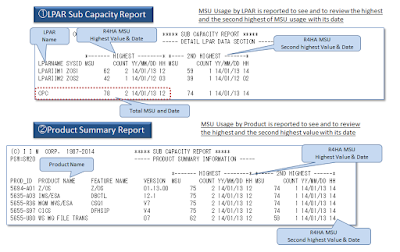Our Capacity Management Maturity Survey helps you to see where your organization scores on the Maturity Scale.
Capacity Management Maturity is not easy to achieve.
Most organizations that have dedicated Capacity Management functions or teams typically score either a 2 or a 3 in this model. Organizations that do not have dedicated teams or functions normally score between a 1 or a 2.
Our survey is a perfect discussion point between the Capacity Manager and management. The results of the survey provide quick feedback on areas to improve.
Using the survey to compare the results for your organization against others in your industry or geography gives an opportunity for you to see where you stack up….possibly identify where you are behind others so that you can catch up.
Take our survey now www.metron-athene.com/survey/
It’s the perfect opportunity to put processes in place that give your organization a competitive advantage over others in your industry.
Don't forget to sign up for our free webinar 'Capacity Management Maturity - Managed to Optimized'
Rich Fronheiser
Chief Marketing Officer








